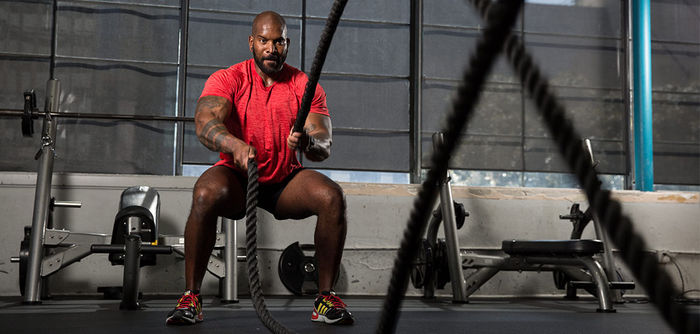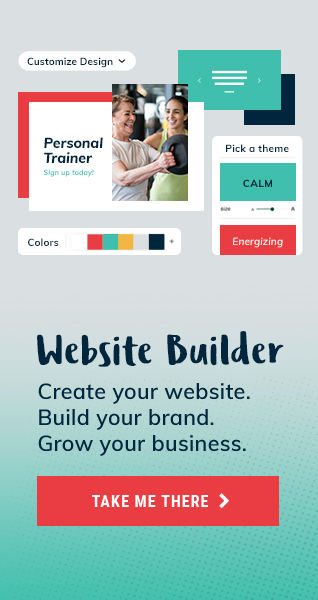The COVID-19 pandemic derailed many people’s exercise programs. If you are a health and exercise professional, you may be wondering how to reengage with clients and help them safely return to a consistent exercise program. Read on for three practical approaches to increasing exercise motivation.
1. Assess Your Client’s Stage of Readiness for Exercise
Readiness describes an individual’s state of mind and level of preparedness to take action. Stage of Readiness was first used in Prochaska & DiClemente’s (1983) Transtheoretical Model (TTM) to explain the process of smoking cessation, but the model has since been applied to other health behaviors, including physical activity. According to the TTM, individuals move through five stages of readiness when attempting to change a health behavior:
- Individuals in the precontemplation stage are not intending to begin an exercise program in the foreseeable future. They likely do not even see their lack of physical activity as a problem or a threat to their health or quality of life.
- Those in the contemplation stage are still not active but plan to increase their level of physical activity in the foreseeable future and may face several barriers to starting (or restarting) an exercise program.
- The preparation stage is characterized by mentally and physically preparing to become more active in the immediate future. Individuals in this stage may already be engaging in some physical activity but are not meeting the recommended Physical Activity Guidelines to improve health.
- Action is the stage used to describe individuals who are performing regular physical activity and accumulating the recommended 150 minutes of moderate-intensity (e.g., fitness walking) physical activity per-week but have been doing so for less than six months .
- Exercisers move into the maintenance stage once they have adhered to their exercise program for six consecutive months or more.
Once you know a client’s stage of readiness, you can implement stage-appropriate strategies to increase their motivation for exercise. For example, individuals in the preparation stage may be eager to reboot their exercise program but may have valid concerns about exercising indoors with other people. Assisting the client with finding outdoor exercise resources (e.g., local parks and trails) or virtual exercise opportunities could be instrumental in helping them to get moving again.
2. Create Enjoyable Exercise Experiences
Fun, enjoyment and pleasure are positively correlated with exercise adherence. While this may seem obvious, enjoyment is perhaps one of the most overlooked—and underused—strategies in exercise adherence. Clients who are returning to exercise after spending the last year being physically inactive, may find that their exercise tolerance is not what it used to be. While they may be eager to return to their pre-pandemic levels of fitness, the focus should be on consistent and enjoyable physical activities as they return to exercise. Shorter workouts, working out to motivating music and friendly fitness challenges have all been shown to increase exercise enjoyment.
3. Use Both Extrinsic and Intrinsic Motivators
Extrinsic motivation is facilitated through the use of incentives that are external to the individual. There are a wide variety of extrinsic motivators, but their effectiveness depends on the preferences of the individual. Extrinsic motivators include both tangibles, such as awards and prizes, and intangibles such as praise. Certificates of achievement, a client or “member of the month” recognition and raffle drawings are a few examples of extrinsic motivators.
People may initially be more motivated by extrinsic factors, but intrinsic motivation, which comes from within the individual, can develop over time. While intrinsic motivation takes longer to build, it can have a greater impact on long-term exercise adherence than extrinsic motivators alone. Self-determination and perceived competence are key ingredients in developing intrinsic motivation. While self-determination cannot be taught, you can support clients in developing self-determination by helping them to set realistic health and fitness goals. Short-term goals should be behavior-focused (e.g., “I will walk on five days over the next week.”) as opposed to outcome-focused (e.g., “I want to lose 2 pounds this week”). Encouraging clients to make activity choices based on their personal preferences and interests will also help to increase self-determination.
You can help your clients develop perceived competence by creating frequent opportunities for success. When a client succeeds, provide positive feedback. The more successful they feel, the higher their perceived competence will be.
 by
by 










 by
by